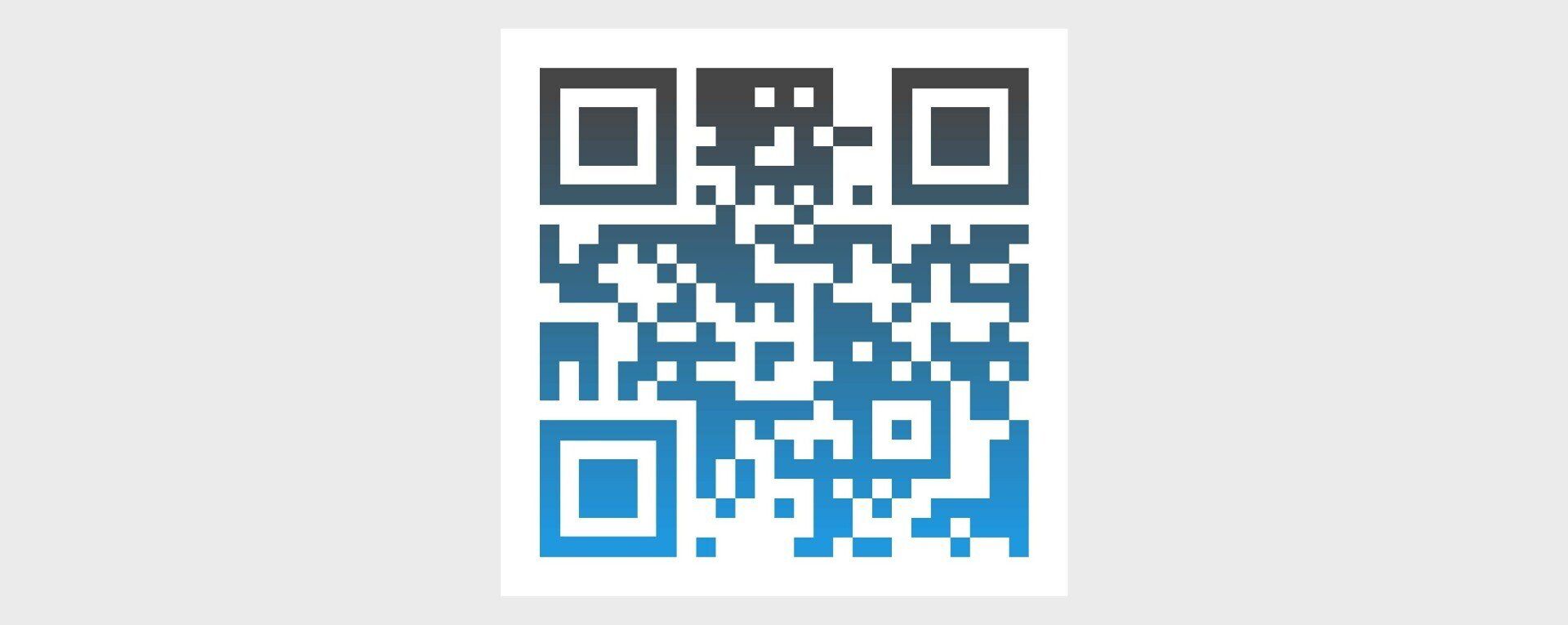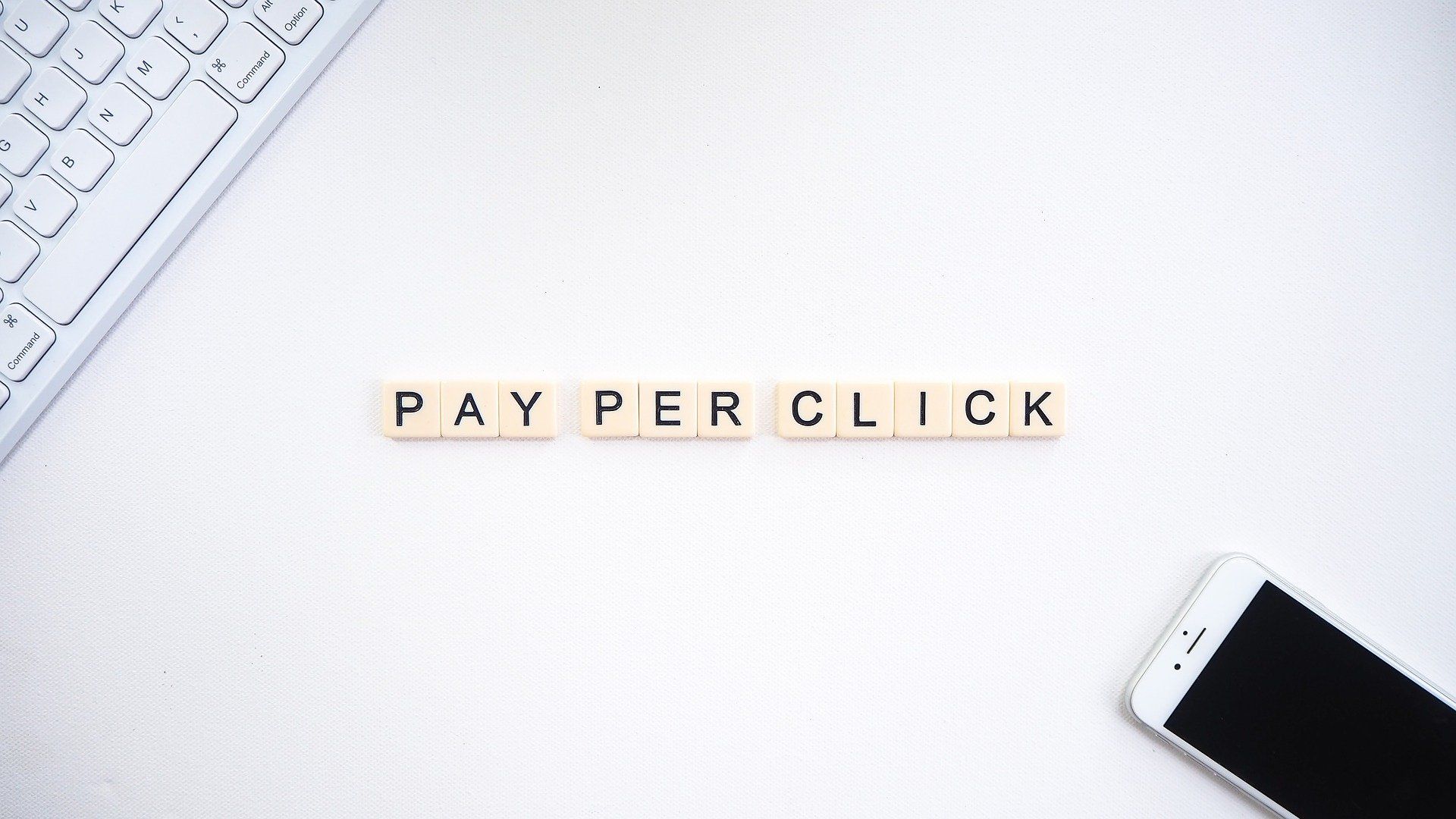The QR Code Comeback

QR codes were meant to be one of the big advancements in marketing around the early 2010’s. They were everywhere. You couldn’t turn a corner without seeing one. The biggest downfall ? O ur phones weren’t ready for them. Imagine walking down the street when a bus stops beside you for 5 seconds. By the time you see the bus, notice the QR code, f ind your cell phone AND scroll through your many apps to find the QR code scanner app… it ’s too late. The bus already drove off and you’ ve been left feeling disappointed and disgruntled that you missed out on a cool, interactive opportunity .
I think it’s safe to say we’ve come a long way since then. Not only are our phones smarter with built-in QR code scanning technology, but the usage of them has drastically improved too. Kerigan Marketing found that as of March 2021, an estimated 60-65% of people use QR codes on a daily basis for payment services, marketing purposes and other industry verticals. Below are a few trending examples of QR code marketing strategies:
5 Ways to Use QR Codes in Marketing
- Restaurant and Service Menus
- Coupons and Loyalty Programs
- Events
- Social Media Accounts and Interactions
- Video and Digital Content
1. Restaurant and Service Menus
A week ago, I visited a local café that uses QR codes to gives guests a limited contact experience. The QR code was specific to my table which allowed me to order my food, pay and tip all in one location.
2. Coupons and Loyalty Programs
Fixtures Close Up mentions how Target uses in-app coupon codes scannable as you walk through the store. Starbucks uses a rewards program through a scannable QR code. Both help build brand loyalty by keeping their customers coming back for more deals through their app.
3. Events
This one has been around longer than 2019, but I thought it was worth mentioning how useful QR codes can be for any type of event. They can be used for attendance, check-in/registration, access to “printed” materials, and for tracking purposes . As marketers, we know it’s crucial to track any campaign metrics to identify its success e s and areas for improvement .
4. Social Media Accounts and Interactions
Snapchat, in 2016, released a promo campaign through Netflix to unlock filters on Snapchat for the return of Gilmore G irls . According to Adweek , 10,000 coffee cups were printed with the QR code for the Snapchat filters. They reported that more than 500,000 people saw the filter and it resulted in 880,000 impressions.
5. Video and Digital Content
One unique way Burger King used a QR code was by creating an “interactive” experience with viewers. The QR code was a floating icon that you had 15 seconds to capture as it bounced around the screen for a downloadable coupon . Marketing Dive reported that Chick-fil-A boosted downloads by 14% through digital QR code signage and a s teakhouse chain saw a 27% redemption rate for scannable mobile coupons.
The times have changed, and as marketers, we know that it’s important to keep up. QR codes can be effective in a wide variety of markets. Consider how your next campaign could benefit from this strategy too.










